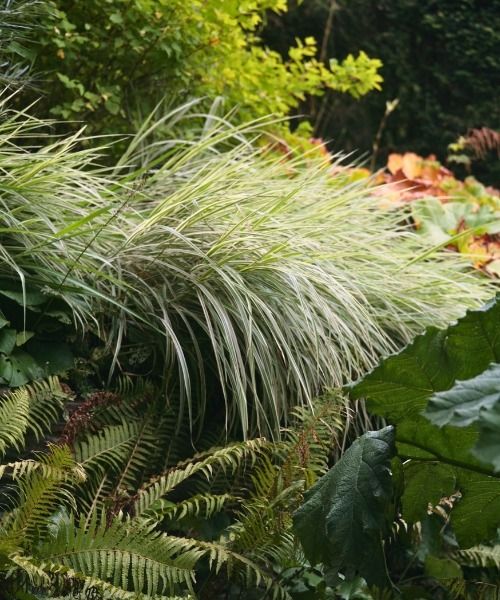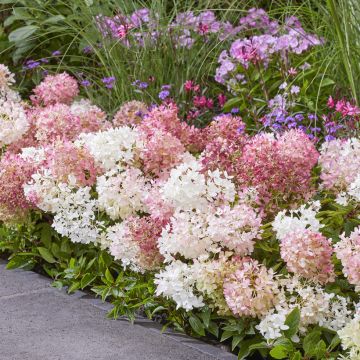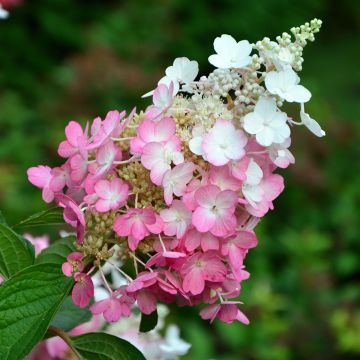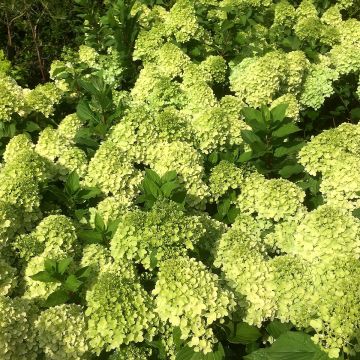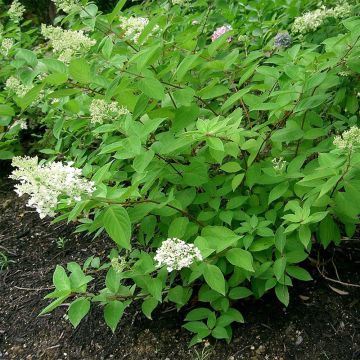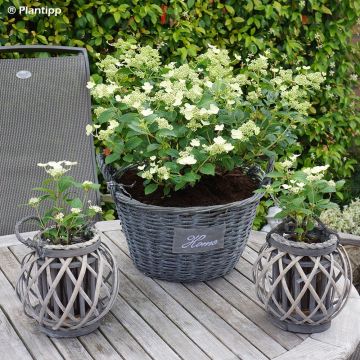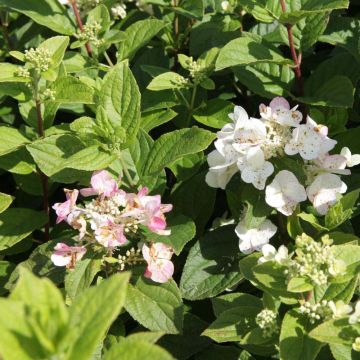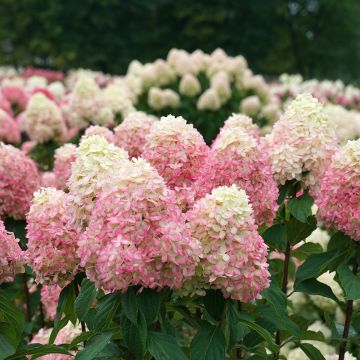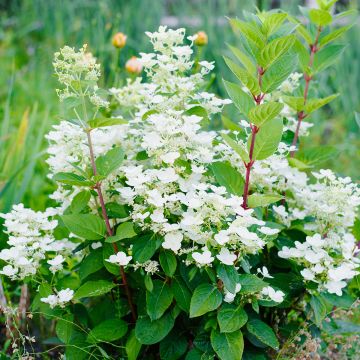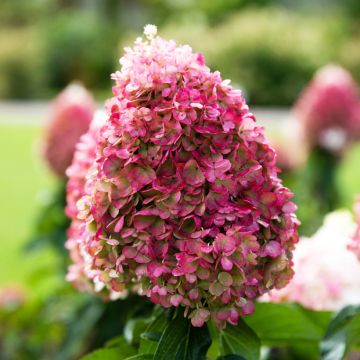Hydrangea Paniculata
Does this plant fit my garden? Set up your Plantfit profile →
Available in 6 sizes
Available in 2 sizes
Available in 2 sizes
Available in 2 sizes
Available in 0 sizes
Available in 3 sizes
Available in 2 sizes
Available in 2 sizes
Available in 2 sizes
Available in 1 sizes
Available in 1 sizes
Available in 3 sizes
Available in 3 sizes
Available in 1 sizes
Available in 1 sizes
Available in 2 sizes
Available in 3 sizes
Available in 1 sizes
Available in 2 sizes
Available in 4 sizes
Available in 1 sizes
Available in 1 sizes
Available in 2 sizes
Available in 1 sizes
Available in 3 sizes
Available in 1 sizes
Available in 2 sizes
Available in 1 sizes
Available in 2 sizes
Available in 2 sizes
Available in 1 sizes
Available in 1 sizes
Available in 3 sizes
Available in 2 sizes
Available in 1 sizes
Available in 2 sizes
Available in 2 sizes
Available in 3 sizes
Available in 1 sizes
Available in 1 sizes
Available in 1 sizes
Available in 1 sizes
Available in 1 sizes
Available in 2 sizes
Available in 2 sizes
Available in 1 sizes
Available in 2 sizes
Available in 2 sizes
Available in 2 sizes
Hydrangea paniculata owes its species name to the elongated and ramified shape of its inflorescences, called panicles. The panicles bloom from mid-summer to mid-autumn. Green, pink, white, or cream, they measure 15 to 30cm (6 to 12in) in length depending on the varieties and change colour in autumn. From the classic Hydrangea paniculata 'Kyushu' to the giant 'Levana' or 'Phantom', to the dwarf forms of 'Silver Dollar' and 'Little Lime', there are about fifty varieties. In the garden, Hydrangea paniculata are excellent flowering shrubs with multiple uses. The taller ones can be planted as hedges or at the back of flower beds, while the smaller ones can be planted in borders or on patios and balconies. Unlike Hydrangea macrophylla, serrata, or aspera , Hydrangea paniculata requires sun and light to bloom properly. They like rich, fresh, and light soils.
Haven't found what you were looking for?






























